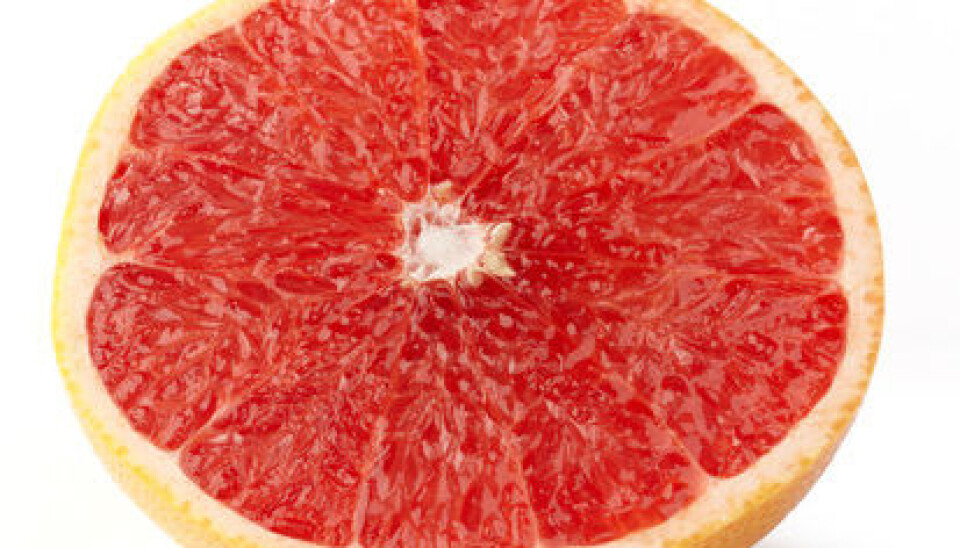
Fruit hinders abdominal aortic aneurysms
Eating more than two portions of fruit a day reduces the risk of the deadly ballooning and rupture of a main artery called the abdominal aorta.
A new study shows that the biggest fruit eaters – those who consume more than two types a day – had a 25 percent lower risk of developing abdominal aortic aneurysms (AAA) than those who ate less than five portions of fruit a week.
“Compared to those who ate no fruit at all, people who consumed two servings a day had a 31 percent lower risk of developing this affliction,” says Dr Otto Stackelberg of the Institute of Environmental Medicine at Sweden’s Karolinska Instituttet (KI).
In the Swedish cohort study of over 80,000 persons, people aged 46 to 84 were grouped in four categories based on their consumption of fruit.
Their dietary habits were tallied in a questionnaire and over a period of 13 years they provided relevant registers with information on how many had been afflicted with AAA.
“We saw a clear connection between AAA and the intake of fruit. Fruit has previously been shown to have a beneficial effect on other maladies. Daily consumption of fruit lowers the risk of a number of cardiovascular diseases, several types of cancer, diabetes and high blood pressure, among others,” says Stackelberg.
No help from vegetables
AAA is a ballooning of the lower part of the aorta, the main artery from the heart through the chest to the rest of the body. It is usually fatal if it develops to the point of rupture. Ultrasound tests are used to detect the disorder.
According to the medical website Norsk helseinformatikk, this type of aneurysm strikes 2-4 percent of the population older than 50-60 years old. The malady is four times as common among men as women.
“The disease is relatively rare. Those at highest risk are men of advanced age, especially smokers,” says Stackelberg.
“To start with, we wanted to see what effect consumption of vegetables had on reducing the risk of aortal aneurysms, but we found no link. This doesn’t mean vegetables don’t help with other cardiovascular diseases or disorders,” he says.
Antioxidants
One reason could be that vegetables lack certain antioxidants that are prevalent in fruit.
“We think the antioxidants in fruit can protect against abdominal aortic aneurysms by blocking aorta stress, which in turn triggers inflammation, but we aren’t sure. We don’t know the cause of abdominal aortic aneurysms but we know it involves an inflammation in the arterial wall. We think antioxidants in fruit can reduce this inflammation and lower the risk of the disease,” explains Stackelberg.
He stresses that being a non-smoker is key to avoiding AAA.
“Smoking has a very strong tie to this affliction, much stronger than to other cardiovascular disorders. On this basis I’d recommend smokers to quit immediately,” says the doctor.
Golden middle path
According to Stackelberg, the risk of abdominal aortic aneurysms was reduced among ex-smokers who altered their diets and started eating more fruit.
“A healthy diet has a big impact, and fruit is part of that,” asserts Stackelberg.
So what does Stackelberg have to say about current Western eating habits?
“This is just my personal opinion, but I feel that many people make the diet issue much more complicated than necessary. The general recommendation now is to eat around 500 grams of fruit and vegetables a day, eat fish, and avoid processed and smoked meats," he says. “You also have to get exercise. These are good rules to abide by. Beyond that, the old adage ‘everything in moderation’ is worth following when it comes to diet.”
---------------------------
Read the Norwegian version of this article at forskning.no
Translated by: Glenn Ostling





